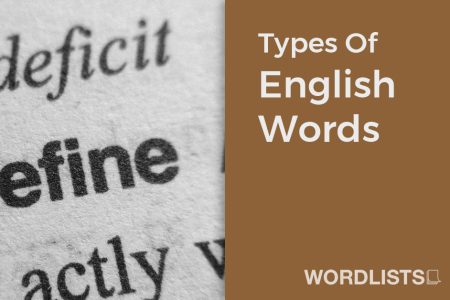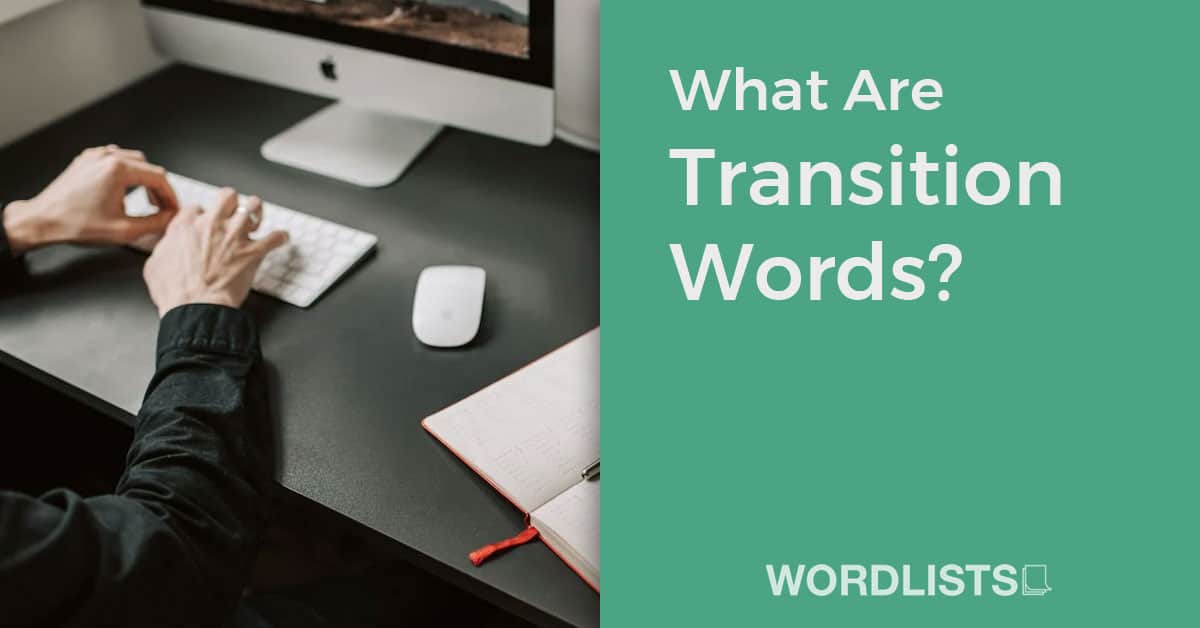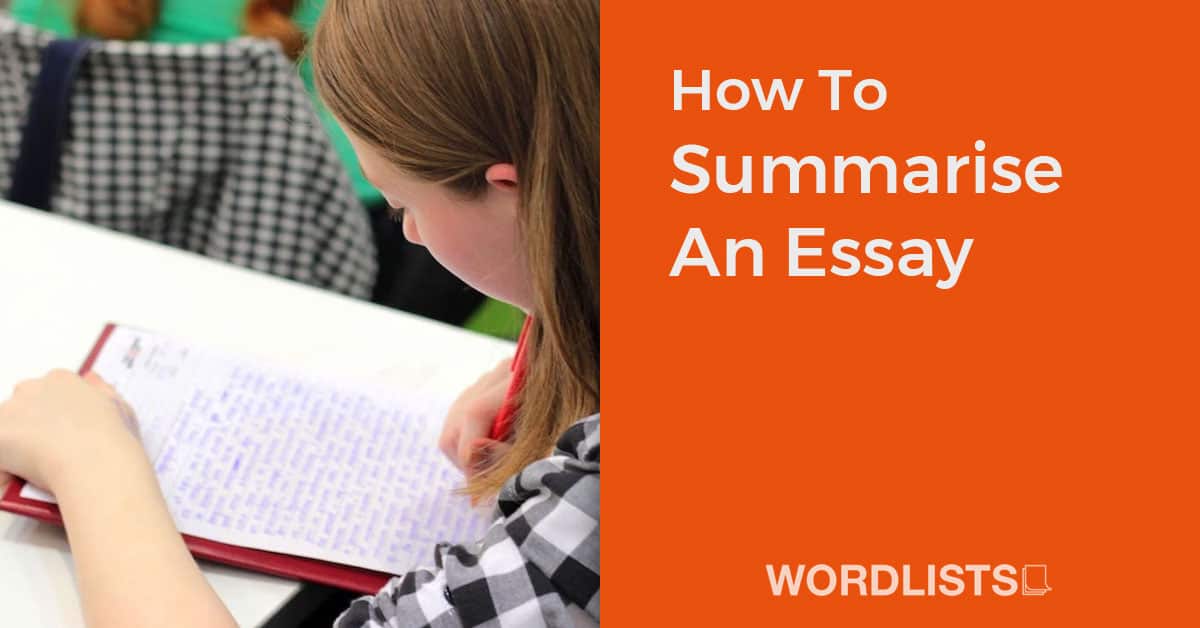Words are the building blocks of language, and understanding the different types of words – including homophones, synonyms and antonyms – that can help improve communication and writing skills.
By understanding these types of words, you will be able to expand your vocabulary, improve your writing, and communicate more effectively. Additionally, this knowledge will help you to better understand texts, and make them more engaging.

Subscribe to our mailing list to receive FREE exclusive content and offers!
What Is A Synonym?
A synonym is a word that has the same or a similar meaning to another word. Synonyms can be useful when you want to avoid repeating the same word over and over again, or when you want to express a concept in a different way.
Here are some examples of synonyms:
- Happy and joyful
- Big and large
- Fast and swift
- New and fresh
- Begin and start
- Love and affection
In each of these examples, the two words have similar meanings. For example, the words “happy” and “joyful” both describe a positive emotional state, and the words “big” and “large” both describe size. Synonyms can be useful for adding variety to your writing and for finding the best word to express a particular idea.
What Is An Antonym?
An antonym is a word that has the opposite meaning of another word. Antonyms can be useful when you want to express the opposite of a particular concept or when you want to add contrast to your writing.
Here are some examples of antonyms:
- Hot and cold
- Up and down
- Happy and sad
- Big and small
- Fast and slow
- Begin and end
In each of these examples, the two words have opposite meanings. For example, the words “hot” and “cold” are opposites because one describes a high temperature and the other describes a low temperature. The words “up” and “down” are opposites because one describes a direction and the other describes the opposite direction. Antonyms can be useful for adding variety and contrast to your writing.
What Is Onomatopoeia?
Onomatopoeia is a word that imitates or suggests the source of the sound that it describes. Onomatopoeia can be used to create a more vivid or descriptive effect in writing and can also be used to convey a mood or atmosphere.
Here are some examples of onomatopoeia:
- Sizzle
- Hiss
- Moo
- Meow
- Roar
- Caw
- Tweet
In each of these examples, the word imitates or suggests the sound that it describes. For example, the word “sizzle” suggests the sound of something cooking on a hot surface, and the word “hiss” suggests the sound of a snake or a gas escaping. Onomatopoeia can be a fun and effective way to add interest and depth to your writing.
What Is A Homophone?
Homophones are words that are pronounced the same but have different meanings and spellings. Homophones can be tricky because they sound the same, but they can change the meaning of a sentence if they are used incorrectly.
Here are some examples of homophones:
- “There” and “their” – “There” is used to refer to a place or location, while “their” is a possessive pronoun used to show possession or ownership.
- “Bare” and “bear” – “Bare” means naked or uncovered, while “bear” is a large mammal or to carry or support something.
- “Flee” and “flea” – “Flee” means to run away, while “flea” is a small, wingless insect.
- “Knight” and “night” – “Knight” is a title of honor or a member of the nobility, while “night” is the period of darkness between sunset and sunrise.
- “Pray” and “prey” – “Pray” means to speak to a deity or to request something, while “prey” is an animal hunted for food or a victim of a crime or attack.
- “Scent” and “sent” – “Scent” is a smell or aroma, while “sent” is the past tense of “send,” meaning to transmit or deliver something.
- “Son” and “sun” – “Son” is a male offspring or a term of address for a male, while “sun” is the star around which the Earth orbits.
- “Tail” and “tale” – “Tail” is the rear part of an animal or a long, thin piece extending from the back of an object, while “tale” is a story or narrative.
- “Waist” and “waste” – “Waist” is the part of the body between the ribs and the hips, while “waste” means to use or consume something unnecessarily or to throw away as useless.
- “Weak” and “week” – “Weak” means lacking in strength or power, while “week” is a period of seven days.
It’s important to pay attention to the spelling and meaning of homophones to ensure that you use the correct word in your writing and speaking.
What Is An Anagram?
An anagram is a word or phrase that is made by rearranging the letters of another word or phrase to form a new word or phrase. Anagrams can be created from any combination of letters, and they can be used as a form of word play or as a way to create new words or phrases from existing ones.
Here are some examples of anagrams:
“Listen” and “silent”, these two words are anagrams of each other, as they both contain the same letters but are arranged differently. More examples:
- “Dormitory” and “dirty room”
- “Debit card” and “bad credit”
- “Eleven plus two” and “twelve plus one”
- “Clint Eastwood” and “old west action”
Anagrams can be created from any combination of letters, and they can be used to create new words or phrases that have a different meaning than the original. For example, the word “stressed” can be rearranged to form the word “desserts,” and the phrase “A decimal point” can be rearranged to form the phrase “I’m a dot in place.”
Anagrams can be a fun way to play with words and to discover new meanings and connections between different words and phrases.
What Is A Compound Word?
A compound word is a word that is made up of two or more smaller words that are combined to form a new word. Compound words are often written as a single word, with no space between the smaller words, but they can also be written as separate words or with a hyphen between the smaller words.
Here are some examples of compound words:
- “Football” – This is a compound word made up of the smaller words “foot” and “ball.”
- “Bedroom” – This is a compound word made up of the smaller words “bed” and “room.”
- “Fireman” – This is a compound word made up of the smaller words “fire” and “man.”
- “Sunflower” – This is a compound word made up of the smaller words “sun” and “flower.”
- “Haircut” – This is a compound word made up of the smaller words “hair” and “cut.”
- “Cupboard” – This is a compound word made up of the smaller words “cup” and “board.”
- “Tablet” – This is a compound word made up of the smaller words “table” and “et.”
- “Bookshelf” – This is a compound word made up of the smaller words “book” and “shelf.”
- “Blackboard” – This is a compound word made up of the smaller words “black” and “board.”
- “Laptop” – This is a compound word made up of the smaller words “lap” and “top.”
Compound words can be a convenient way to express complex ideas or concepts using a single word, and they can help to make written and spoken language more efficient and expressive.
What Is A Palindrome?
A palindrome is a word, phrase, or sequence of characters that reads the same backward as it does forward. Palindromes are often used as a form of word play or as a way to create symmetrical patterns in language.
Here are some examples of palindromes:
- “Level” – This is a one-word palindrome, as it reads the same backward as it does forward.
- “Madam” – Another a one-word palindrome.
- “Able was I ere I saw Elba” – This is a phrase palindrome, as it reads the same backward as it does forward.
- “A Santa at NASA” – Another phrase palindrome.
- “A man, a plan, a canal, Panama” – Another phrase palindrome.
- “Never odd or even” – Another phrase palindrome.
- “Step on no pets” – Another phrase palindrome.
- “No lemon, no melon” – Another phrase palindrome.
- “Do geese see God?” – Another phrase palindrome.
- “Eva, can I see bees in a cave?” – Another phrase palindrome.
Palindromes can be a fun way to play with language and to create symmetrical patterns in writing and speech. They can also be used to create word puzzles or riddles, as the reader or listener must read or listen to the palindrome both forward and backward to understand its meaning.







